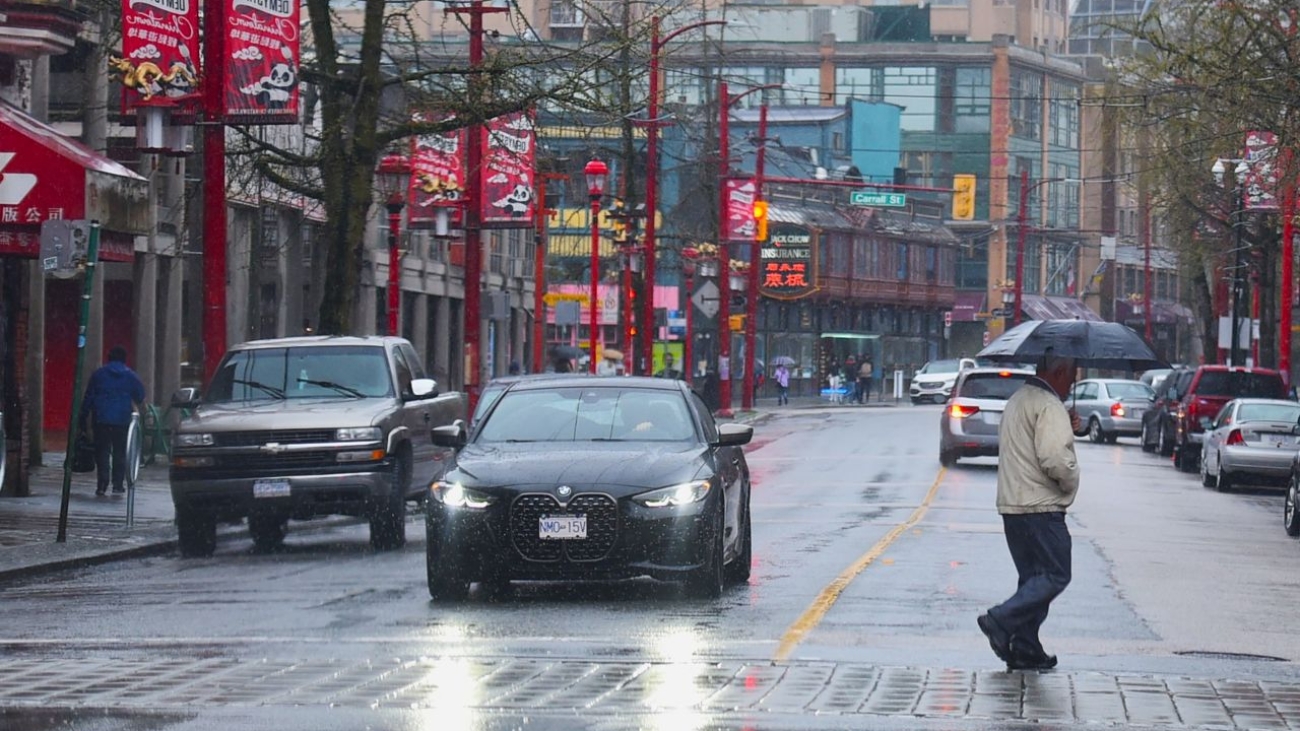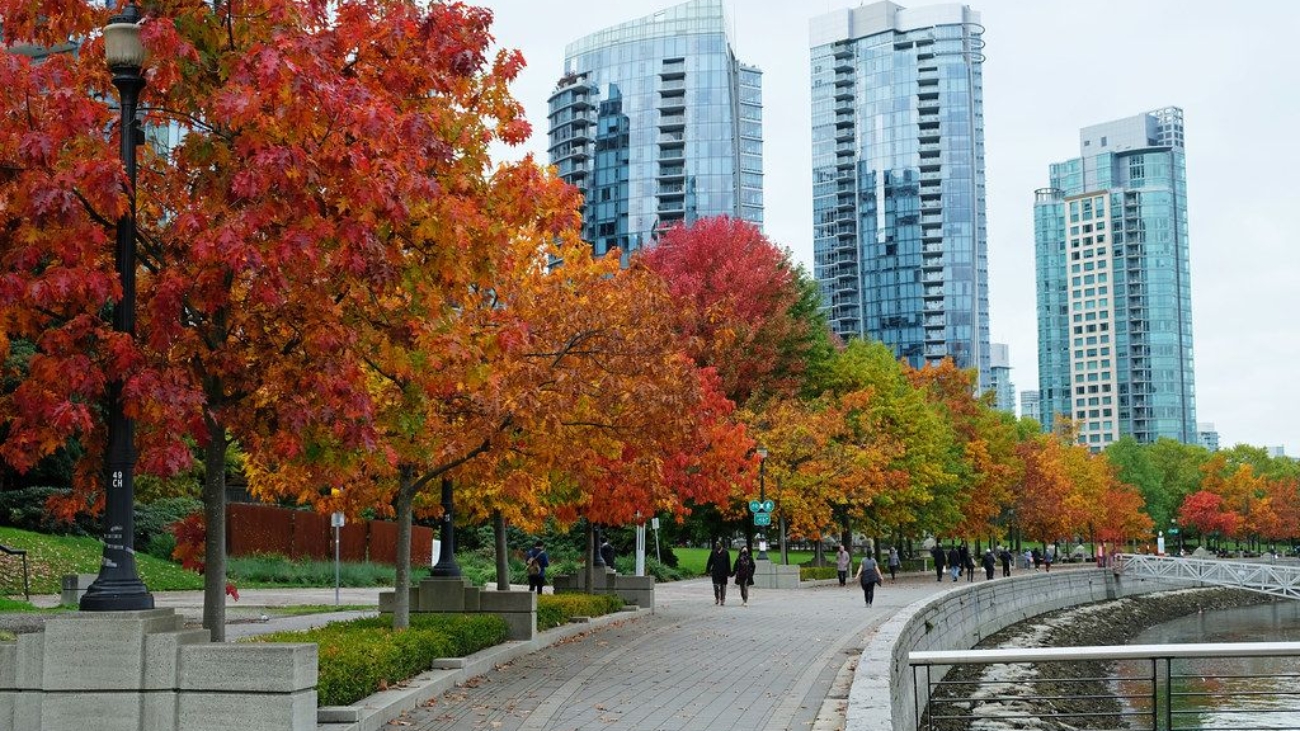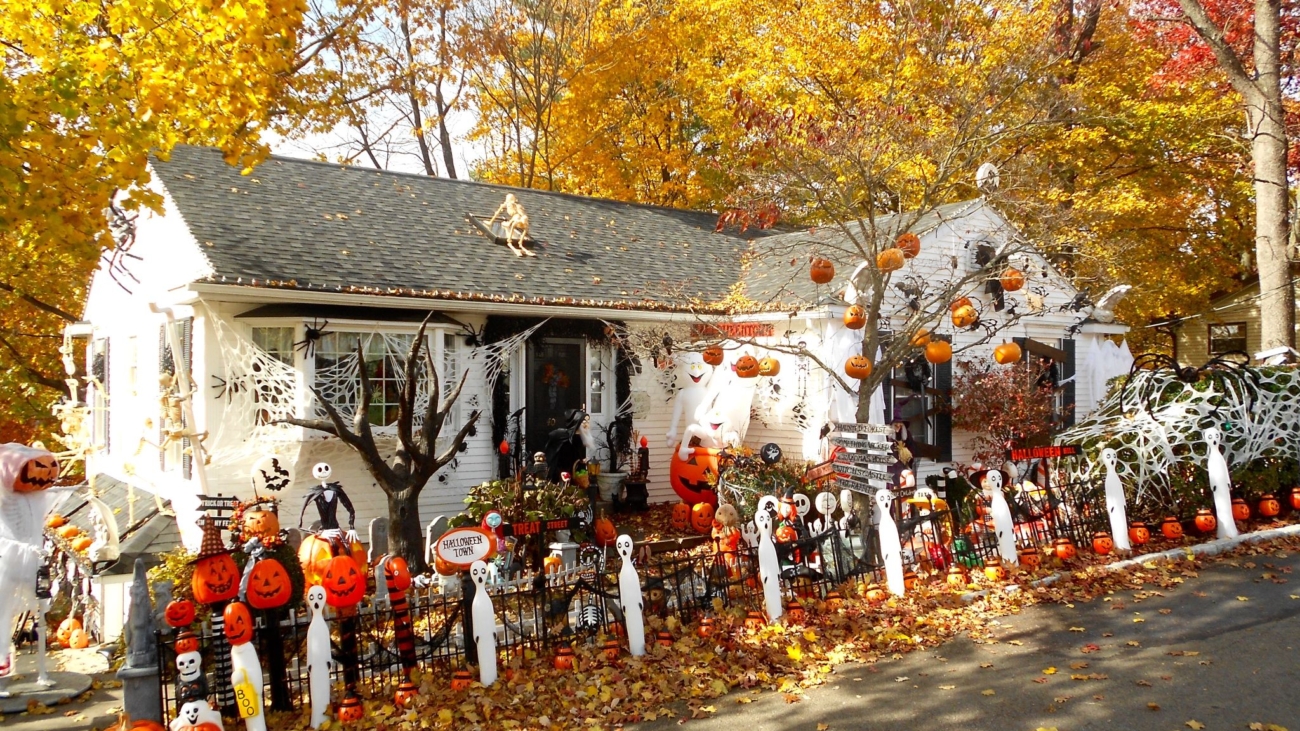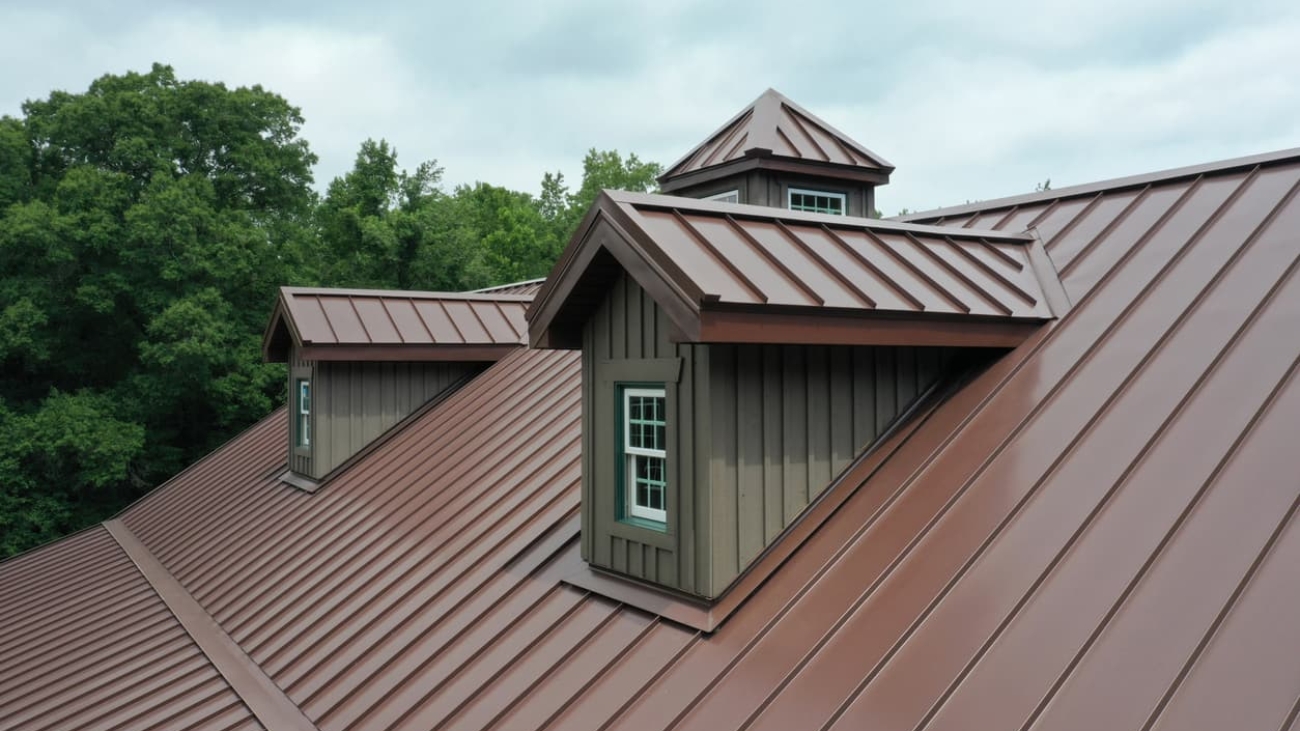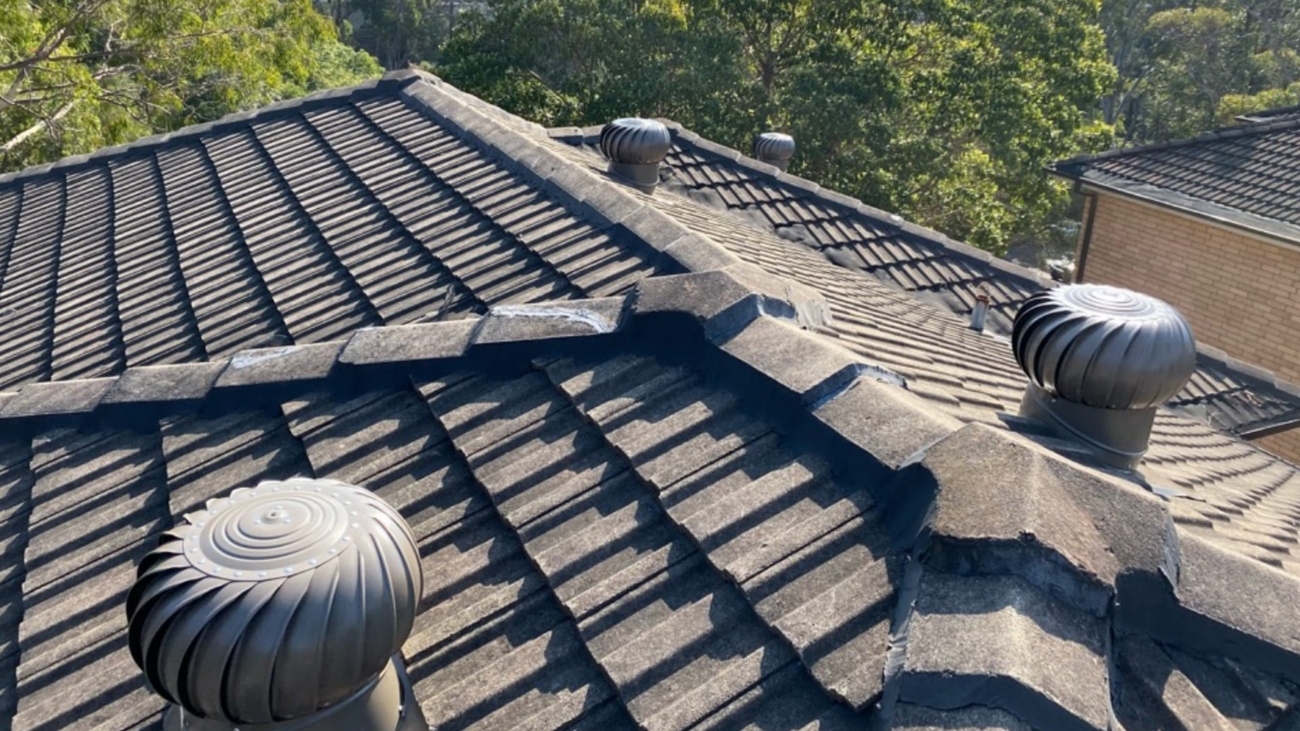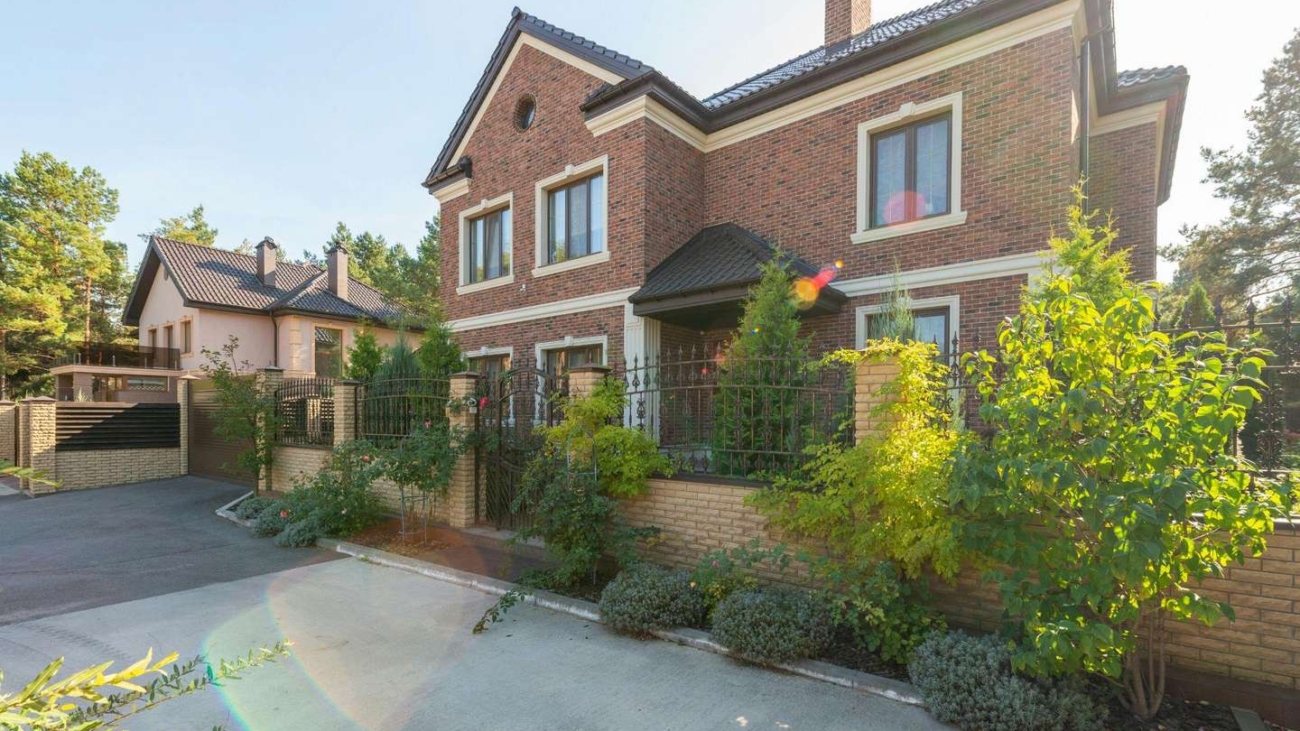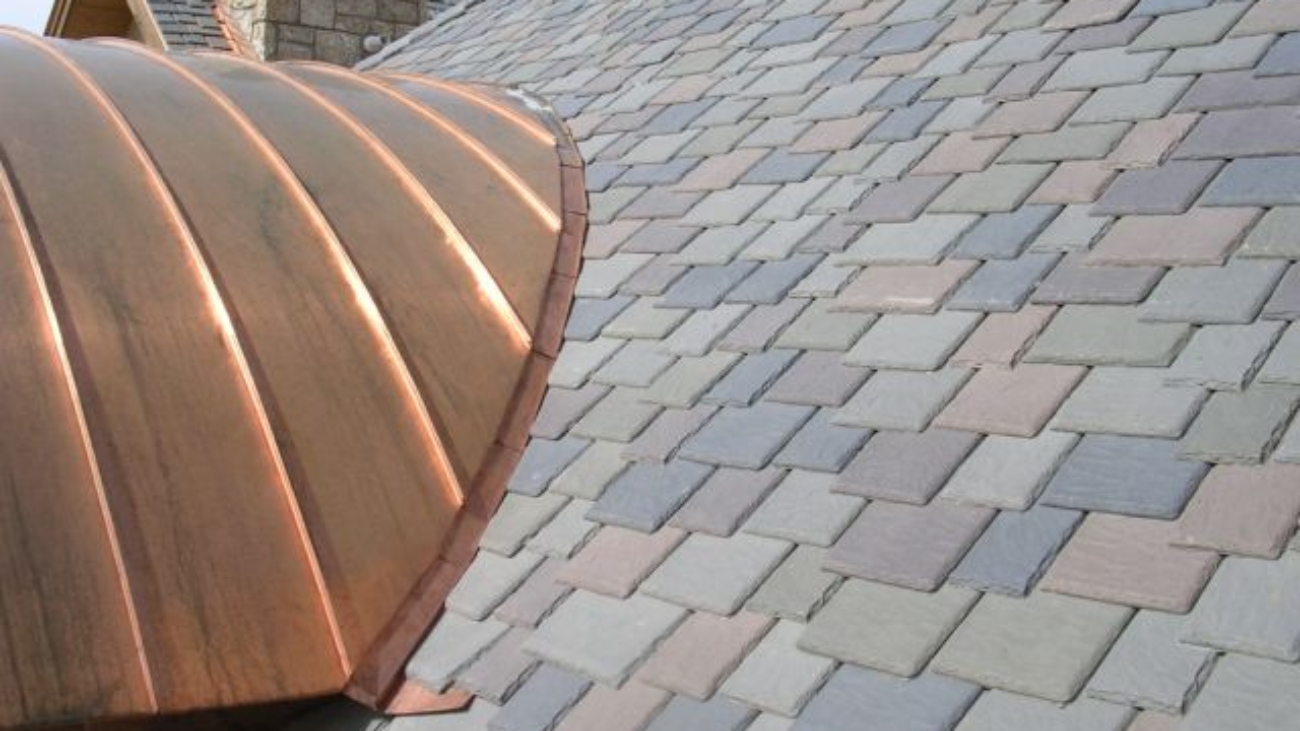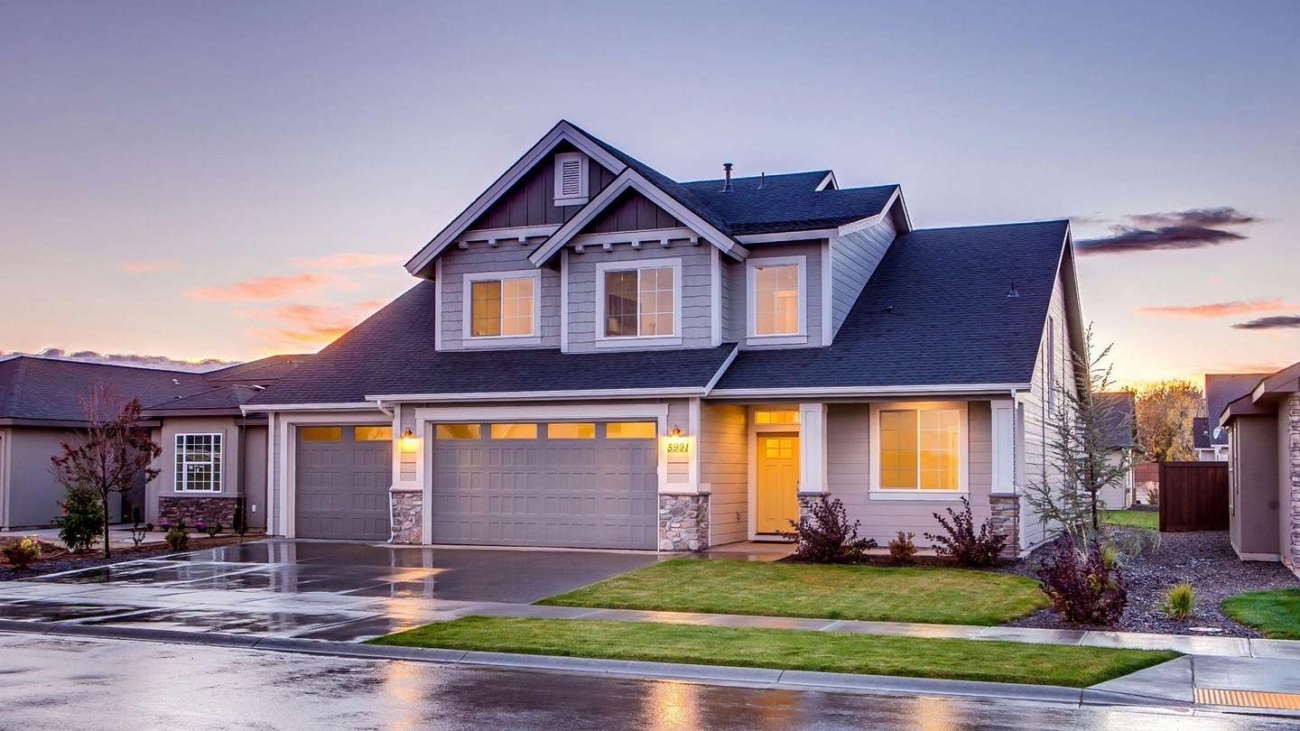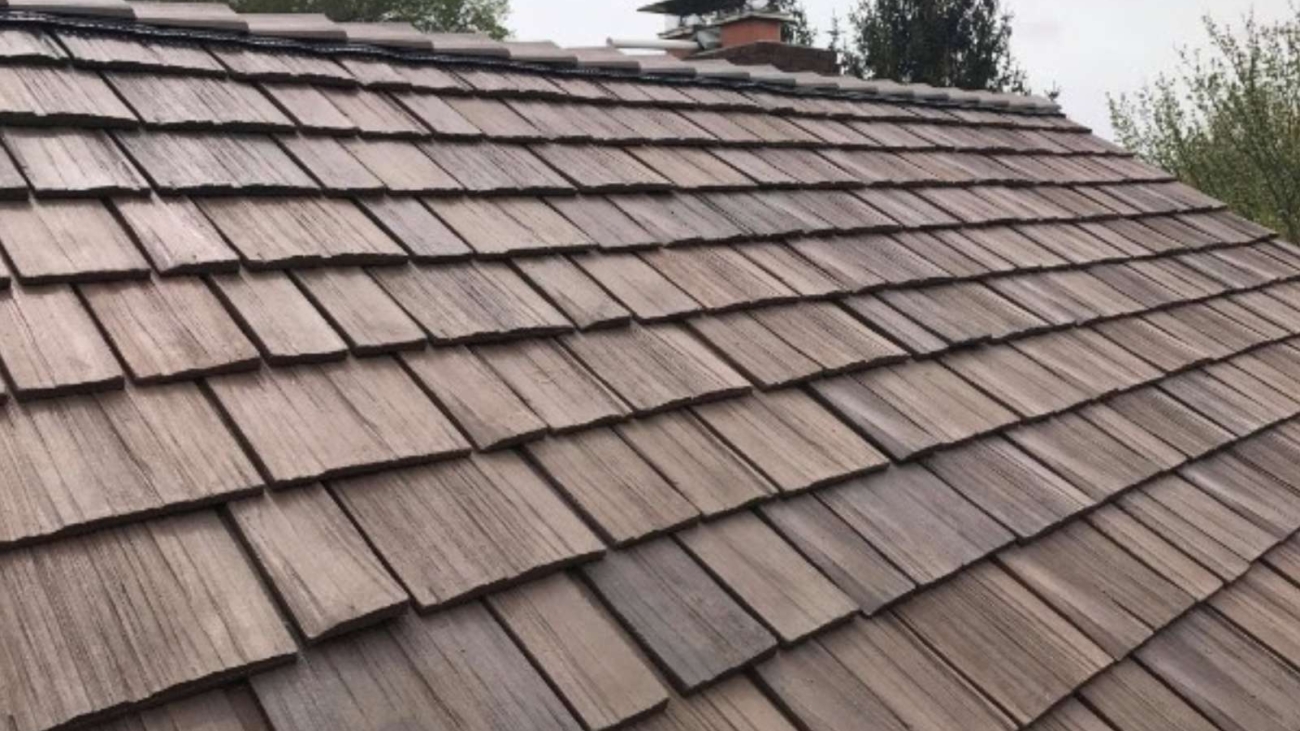If you’ve lived in Vancouver long enough, you know what fall means: rain, rain, and more rain. While cozy nights indoors are a perk of the season, your roof and gutters are working overtime to protect your home from the rain. One of the best things you can do to prevent costly damage this fall is to make sure your gutters are clean and your roof is ready for the months ahead.
Why Roof Inspection Are Best Performed in the Fall
Leaves start to change and the air gets crisp, Vancouverites know that heavy rain, wind, and cooler temperatures are not far behind. Fall is a beautiful season – it’s also an important time of the year to think about your roof. Looking into some of the small issues now and how it will save you from bigger problems when winter arrives.
Ignoring Your Roof This Fall Could Cost You This Winter
It’s easy to put off roof maintenance when life gets busy – but ignoring your roof in the fall can lead to serious issues once heavy rains and winter storms roll in.
Is Your Roof Ready for a Vancouver Summer?
Getting ready for another beautiful Vancouver summer? Beach days, bike rides, hikes, mountains and lakes at our doorstep – the warm weather is (finally) on its way!
Not to put a damper on your summer euphoria, but it’s worth remembering that summer is also a great time for some house upkeep – especially for your roof.
Metal Roofs in the Summer
You might have noticed lately that metal roofs are taking over, becoming more and more popular not just in areas with heavy snowfall, but in milder climates like Vancouver, too.
Why Roof Ventilation Matters Year-Round (Not Just in Summer)
When most people think about roof ventilation, they imagine hot summer days and the need to keep attic spaces cool. In reality, a properly ventilated roof is a year-round priority – especially in climates like Vancouver’s, where wet winters, seasonal temperature swings, and moisture issues are part of our day-to-day life.
Why You Should Trim Plants and Trees Away from your Roof
Why should you trim plants and trees away from your roof? From a health and maintenance perspective, it’s pretty much a no-brainer.
What is Synthetic Roofing?
When you next walk through a residential neighbourhood in Vancouver, take a look at what’s around you. What percentage of the roofs around you are made with asphalt shingles?
Probably almost all of them.
In recent years, however, synthetic roofing has started to gain significant popularity among homeowners and commercial property managers alike. But what is it? And does it really offer any advantages over conventional roofing methods?
Types of Shingles
Choosing shingles? But aren’t all shingles essentially the same aside from their colour?
Unfortunately, it’s not that simple.
Cedar Shakes
In Vancouver, where rainfall conditions mean that homeowners need roofs with above average durability and waterproofing, cedar shakes continue to be a popular choice among homeowners. But what exactly are they, where do they come from, and how do they perform in our often-demanding climate?

